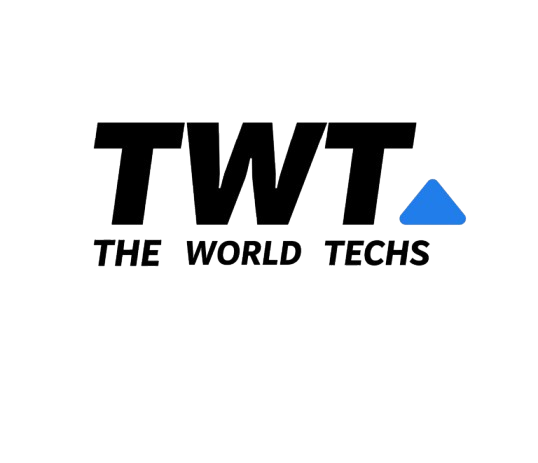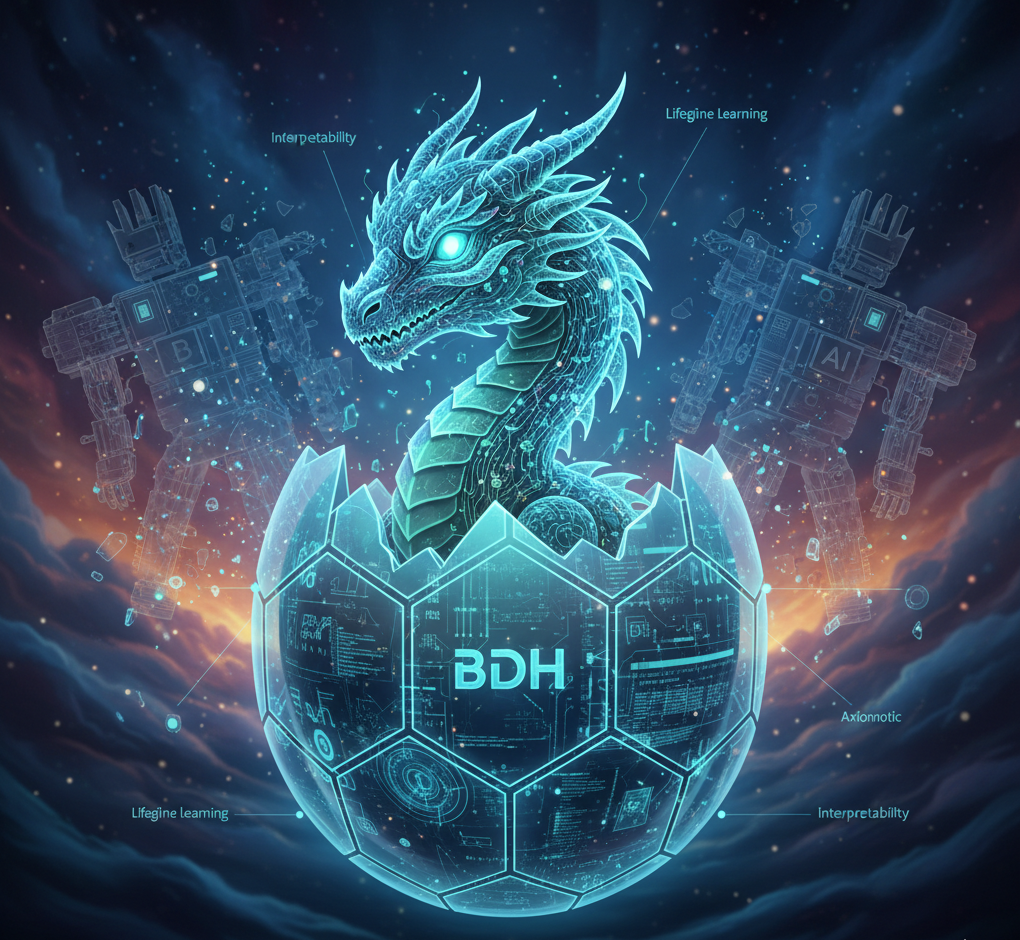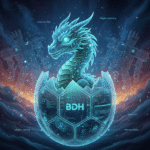Now Reading: Challenging the Scale Imperative in AI
-
01
Challenging the Scale Imperative in AI

Challenging the Scale Imperative in AI
In the relentless pursuit of artificial general intelligence (AGI), the prevailing mantra has been “scale is all you need.” Massive language models (LLMs) like OpenAI’s o3 series and Google’s Gemini 2.5 Pro, with parameter counts soaring into the trillions, have dominated headlines and benchmarks. Yet, they often falter on core reasoning tasks—abstract puzzles, novel problem-solving—due to their autoregressive nature and data-hungry training regimes. Enter Samsung’s Tiny Recursion Model (TRM), a groundbreaking 7-million-parameter architecture that redefines efficiency in generative AI.
Developed by Senior AI Researcher Alexia Jolicoeur-Martineau at Samsung’s Advanced Institute of Technology (SAIT) in Montreal, TRM was detailed in a recent arXiv preprint (arXiv:2510.04871). At a fraction of the size of competitors—less than 0.01% the parameters of leading LLMs—TRM achieves state-of-the-art (SOTA) results on challenging benchmarks like ARC-AGI and Sudoku-Extreme. This isn’t mere optimization; it’s a philosophical pivot toward recursive, self-refining computation that mimics human-like iterative thinking without the computational bloat.
In this deep dive, we’ll unpack TRM’s architecture, training methodology, performance metrics, and implications for the generative AI landscape. Whether you’re an AI engineer, researcher, or executive eyeing sustainable ML deployments, TRM signals a future where intelligence scales with ingenuity, not just hardware.
Core Architecture: Simplicity Meets Recursion
TRM’s elegance lies in its minimalist design: a two-layer neural network that leverages recursion to emulate “deep” reasoning chains. Unlike hierarchical models like the earlier Hierarchical Reasoning Model (HRM), which employed dual networks at varying frequencies, TRM strips away complexity for a single, unified pathway.
Key Components:
- Network Backbone: A transformer-inspired structure with a hidden size of 512, RMSNorm normalization, SwiGLU activation functions, and optional rotary positional embeddings (RoPE). The model comprises just two layers, totaling ~7M parameters—trainable via standard backpropagation.
- Recursive Mechanism: At inference, TRM operates in a loop: Given an input query x x x (e.g., a puzzle grid), initial prediction y y y, and latent state z z z, it iteratively refines z z z up to Nsup=16 N_{sup} = 16 Nsup=16 steps via z′=net(x,y,z) z’ = \text{net}(x, y, z) z′=net(x,y,z), then updates y y y with y′=net(y,z′) y’ = \text{net}(y, z’) y′=net(y,z′). Full gradients flow through unrolled recursions, enabling end-to-end optimization without approximations like truncated backpropagation through time (TBPTT).
- Adaptive Halting: A lightweight “Q-head” (binary cross-entropy classifier) monitors output stability, halting early when refinement converges—often in under 2 iterations, slashing compute by 80-90% compared to fixed-depth chains.
- Task-Specific Variants:
- MLP Mode: For fixed-input tasks (e.g., Sudoku grids), using multi-layer perceptrons for grid-to-grid transformations.
- Attention Mode: For variable-length contexts (e.g., ARC-AGI mazes), incorporating self-attention to handle spatial hierarchies.
This recursion isn’t just iterative; it’s self-supervised. During training, the model recurses on its own predictions, using Exponential Moving Average (EMA) with decay 0.999 for stability on sparse datasets (~1K examples). Augmentations like random shuffles, rotations, and noise injections further boost generalization, effectively simulating up to 42 “virtual” layers without parameter explosion.
Pseudocode Snippet (Simplified):
def trm_forward(x, y_init, z_init, max_steps=16):
z = z_init
for step in range(max_steps):
z = net(x, y, z) # Latent update
y_candidate = net(y, z) # Prediction refinement
halt_prob = q_head(y_candidate) # Binary halting signal
if halt_prob > threshold:
break
y = y_candidate
return y # Stable outputBackpropagation unrolls this loop, treating it as a deep, recurrent graph—compute-intensive but feasible on modest GPUs.
Training Paradigm: From Scratch on a Shoestring Budget
TRM defies the LLM norm of pretraining on internet-scale corpora. Instead, it’s trained from scratch on task-specific datasets, emphasizing quality over quantity.
Datasets & Augmentation:
- ARC-AGI: François Chollet’s Abstraction and Reasoning Corpus, with ~400 train/400 eval pairs of grid-based puzzles testing core intelligence priors (objectness, symmetry, etc.).
- Sudoku-Extreme: 1M+ generated 9×9 puzzles at expert difficulty.
- Maze-Hard: Procedural mazes with variable topologies.
Heavy data augmentation (e.g., 90° rotations, color permutations) expands effective dataset size 10x. Deep supervision—auxiliary losses at each recursion step—prevents gradient vanishing, while EMA stabilizes volatile updates.
Hardware & Efficiency:
- ARC-AGI: Trained on 4x NVIDIA H100 GPUs for ~3 days (total FLOPs: ~10^18, vs. 10^24+ for LLMs).
- Sudoku: Single NVIDIA L40S GPU in <36 hours.
- No distributed training frameworks needed; PyTorch suffices.
This lean approach yields models deployable on edge devices (e.g., smartphones), contrasting LLMs’ data-center dependency.
Performance Analysis: Outpacing Giants on Reasoning Benchmarks
TRM’s true prowess shines in abstract reasoning, where generative LLMs struggle with hallucinations and poor generalization. Evaluated with 2 attempts per task (simulating “thinking time”), TRM sets new efficiency SOTAs.
Benchmark Results Table (Test Accuracy %):
| Benchmark | TRM (7M params) | o3-mini (~100B params) | Gemini 2.5 Pro (~1.5T params) | DeepSeek R1 (671B params) | HRM (27M params, Prior SOTA) |
|---|---|---|---|---|---|
| ARC-AGI-1 | 44.6 | 34.5 | 37.0 | ~30 | 40.3 |
| ARC-AGI-2 | 7.8 | 3.0 | 4.9 | ~5 | 5.0 |
| Sudoku-Extreme | 87.4 | 0.0 | 0.0 | 0.0 | 55.0 |
| Maze-Hard | 85.3 | N/A | N/A | N/A | 74.5 |
Notes: ARC-AGI scores reflect few-shot generalization; LLMs use chain-of-thought (CoT) prompting. TRM’s recursion enables error correction, e.g., fixing Sudoku constraint violations mid-inference. Sources: arXiv preprint, VentureBeat analysis.
Competitive Edge Over Generative LLMs:
- vs. OpenAI o3-mini: o3 excels in text generation but autoregressively “guesses” puzzles, yielding 0% on Sudoku. TRM’s structured recursion enforces logical consistency.
- vs. Google Gemini 2.5 Pro: Multimodal strengths help on visual tasks, but abstraction fails (ARC-AGI plateaued at ~40% industry-wide). TRM’s halting mechanism mimics deliberate pausing, boosting +7-10% over Gemini.
- vs. DeepSeek R1: Open-source scaling king, yet reasoning lags due to token-level prediction biases. TRM generalizes from 1K samples; R1 needs millions.
- Limitations: TRM isn’t yet generative for open-ended text (focus: structured outputs). Future hybrids (e.g., TRM-distilled LLMs) could bridge this.
Ablation studies confirm recursion’s value: Without it, baseline MLP drops 20-30% on ARC-AGI.
Implications: Reshaping Generative AI and Beyond
TRM isn’t a drop-in replacement for LLMs—it’s a foundational tool for reasoning modules. Imagine:
- Edge AI: Integrating TRM into Samsung Galaxy devices for on-device puzzle-solving or AR navigation.
- Hybrid Systems: Prefix-tuning LLMs with TRM for verifiable outputs (e.g., math proofs).
- Sustainability: Reducing AI’s carbon footprint; TRM’s training emits ~1% the CO2 of GPT-4 equivalents.
- Open Ecosystem: MIT-licensed GitHub repo includes full scripts, datasets, and configs—fork and iterate freely.
This work challenges the scaling hypothesis, echoing successes in AlphaGo’s tree search over brute-force simulation. As Jolicoeur-Martineau notes: “Pretrained from scratch, recursing on itself… can achieve a lot without breaking the bank.”
Conclusion: The Dawn of Recursive Intelligence
Samsung’s TRM proves that in AI, less can indeed be more—especially when paired with clever recursion. By outperforming behemoths on parameter efficiency, it paves the way for accessible, intelligent systems. Researchers: Experiment with the repo today. Executives: Reassess your AI stack for recursion-ready architectures.
What recursive innovations are you exploring? Share in the comments.
Resources:















